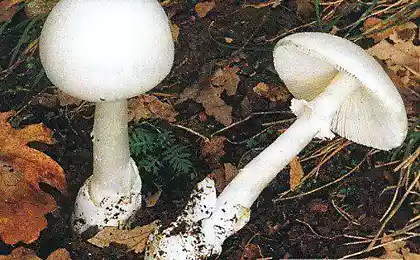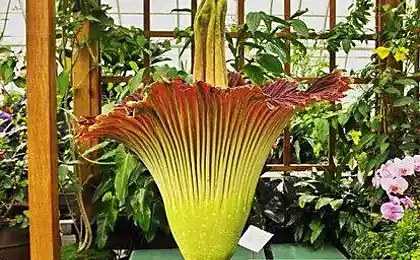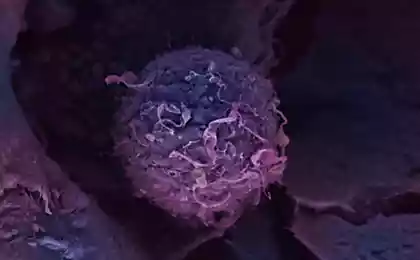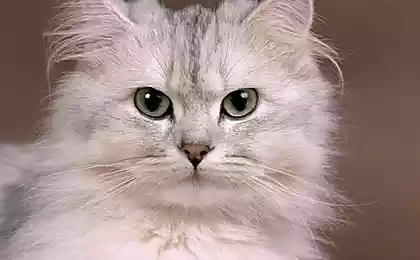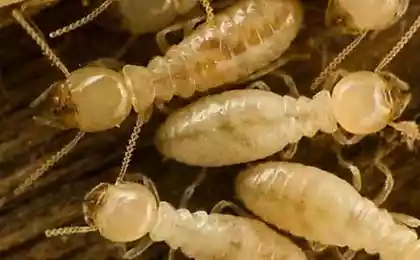549
Platypuses poisonous
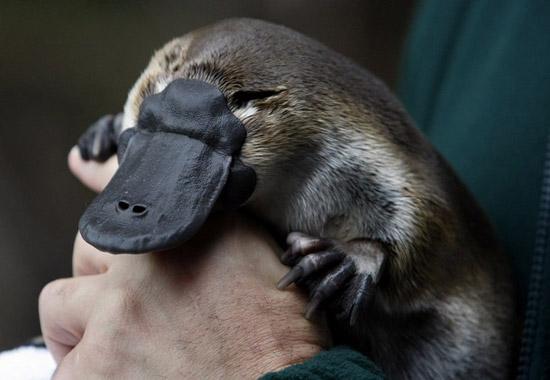
Platypus seem very nice and even a little toy animals, but this impression is deceptive - they produce a poison that contains more than 80 different toxins.
The result of the study of the genes encoding the composition of their venom, the platypus has revealed surprising similarities with other poisonous animals such as snakes, lizards, starfish and sea anemones.
As his eyes, fins and wings, which arose independently in several branches of living organisms, poison the platypus, it seems, is an example of so-called convergent evolution - says Wesley Warren (Wesley Warren), a geneticist at Washington University in Missouri, who led the research.
Platypus - semi-aquatic mammals squad monotremes living in Australia - one of the few mammals that produce venom. The young platypuses both sexes on their hind legs are the beginnings of horny spurs. The females in age of one year, they fall off, and the males continue to grow, reaching sexual maturity at the time of 1, 2-1, 5 cm in length. Each spur is connected to the duct femoral glands that during mating season produces a complex "cocktail" of poisons. Males are used spurs during mating fights. Platypus venom can kill dingoes or other medium-sized animal. For a man it is not fatal, however, according to people mature in experience, delivers the infernal torment.
Source: www.cnews.ru
via factroom.ru
Australian James Harrison saved from the death of 2 000 000 children
In Switzerland, there is a 0-star hotel




